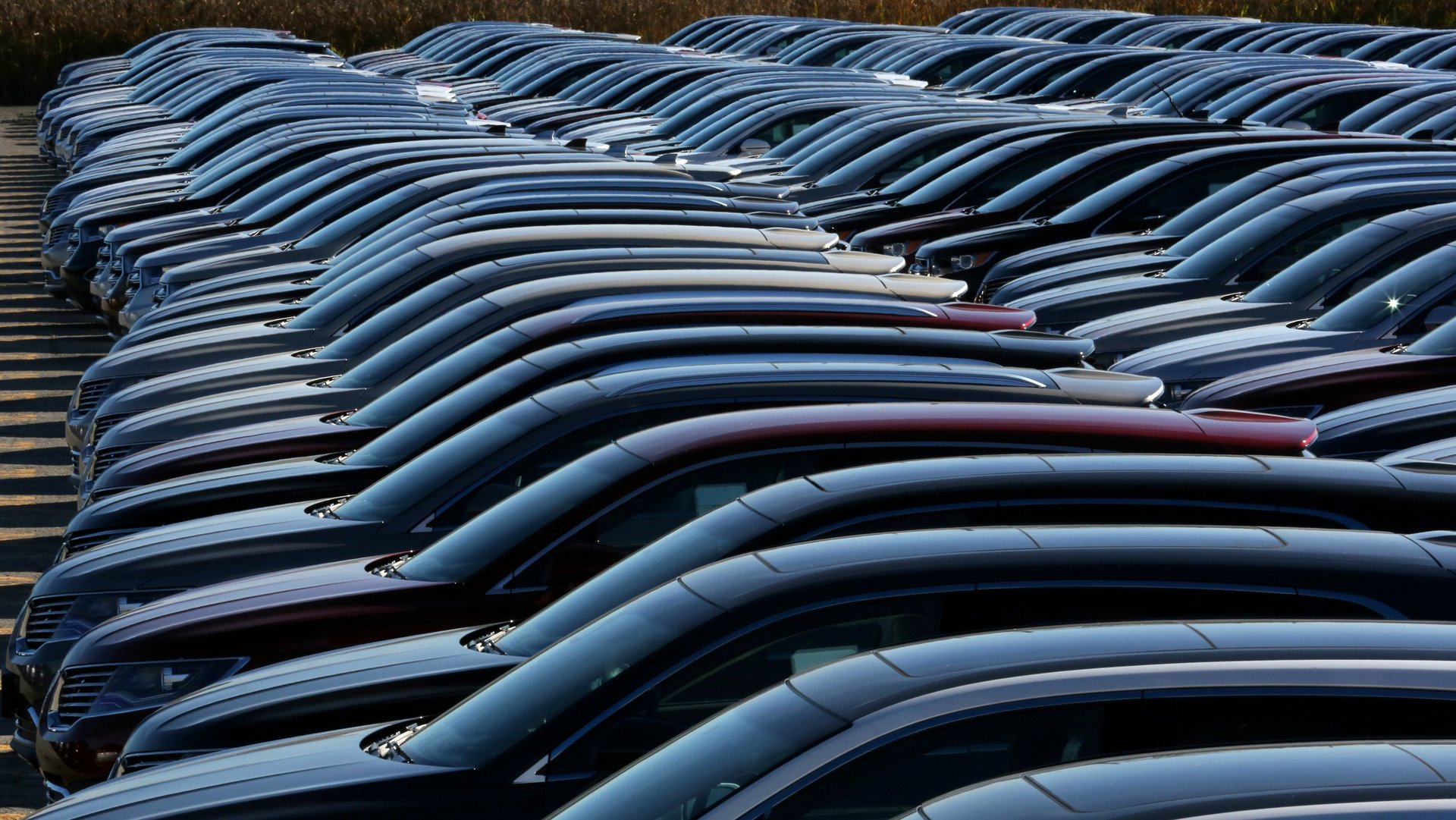A Mexican import tax would only make cars “Made in the USA” more expensive
US president Donald Trump wants more cars to be made in the USA.


US president Donald Trump wants more cars to be made in the USA.
Trump has taken a hard line against US auto industry practices, threatening border taxes for companies that move their car plants from the US to neighboring Mexico, where labor costs are much lower. The White House has also suggested a 20% border tax could be used to pay for his vowed wall on the border with Mexico and said he will revise the North American Free Trade Agreement, which has reshaped trade with Mexico over the last two decades.
But many of the cars that have Trump’s coveted “Made in the USA” label are often not totally American. They could become more expensive with new taxes.
While Mexico’s passenger car exports to the US rank third, behind Canada and Japan, the country is the top foreign supplier of car parts to the United States, with shipments worth $51.6 billion in the first 11 months of last year, according to the US Census Bureau.
Mexico’s closest competitors are China and Canada, which combined ship two-thirds the value of what Mexico sends across the border.
So even cars put together in the US are dependent on foreign parts to be assembled and sold at profitable terms. That reliance has only grown over time.
Twenty-five percent of the parts of a Chevrolet Malibu, for example, assembled in the US came from outside the US and Canada, the National Highway Traffic Safety Administration said in 2013. (The agency only provides combined figures of parts from the US and Canada).
By 2016, that percentage had risen to 35% (pdf).
Since early 2010, carmakers including BMW, FCA, Ford, General Motors, Honda, Hyundai, Mazda, Nissan, and Volkswagen have announced more than $24 billion in investments in Mexico, according to the Michigan-based Center for Automotive Research.
Higher prices could be a painful side effect if Trump intends to reverse that trend.